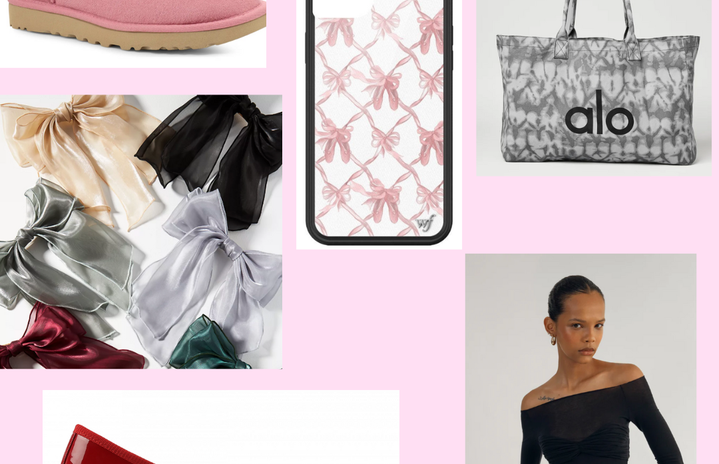Color theory plays a crucial role in the realm of fashion, influencing everything from design choices to consumer preferences. Understanding the principles of color theory is essential for fashion designers, stylists, and anyone involved in the creation and presentation of clothing and accessories. By grasping the fundamentals of how colors interact and the psychological effects they evoke, fashion professionals can effectively communicate messages, evoke emotions, and create visually compelling looks.
At its core, color theory in fashion revolves around the interplay of hues, shades, and tones to achieve desired aesthetic effects. The color wheel serves as a foundational tool, depicting primary, secondary, and tertiary colors arranged in a circular format. Fashion designers often draw inspiration from the color wheel when selecting color palettes for their collections. Understanding color relationships, such as complementary, analogous, and triadic schemes, allows designers to create harmonious or contrasting combinations that enhance the overall visual impact of their designs.
One key concept in color theory is the psychological effects of different colors. Each hue can evoke specific emotions or associations, influencing how a garment is perceived by the viewer. For example, red is often associated with passion, energy, and intensity, making it a popular choice for statement pieces or evening wear. In contrast, blue conveys calmness, trustworthiness, and professionalism, making it a staple color in corporate attire and casual wear alike. To complete the primary colors, yellow is associated with feelings of warmth, positivity, and creativity. By strategically incorporating colors with appropriate psychological effects, fashion designers can enhance the message and mood of their designs.
In practical terms, fashion professionals utilize color theory to create cohesive and visually appealing outfits. This involves balancing different colors, textures, and patterns to achieve a harmonious look. Understanding color temperature, contrast, and saturation allows stylists to create dynamic and balanced ensembles that highlight key pieces while maintaining overall coherence. Whether dressing for a special occasion or curating a wardrobe for everyday wear, applying the principles of color theory helps individuals express their personal style with confidence and flair.
Color theory is an integral aspect of fashion that influences design, consumer perception, and styling decisions. By understanding the principles of color relationships and the psychological effects of different hues, one can create visually compelling designs, enhance the one’s appearance, and communicate identity effectively through color.
Beyond the world of fashion and everyday wardrobe, color theory is applicable to many different artforms and environments. It can be seen in the design of book covers for marketing purpose or in movies to help convert mood or tone in the story (I am specifically thinking of La La Land). Personally, I think about color theory most when it comes to being in the classroom. What colors can I wear as a young teacher to assert my professionalism and exude confidence? What colors should my décor/walls be to promote critical thinking, focus, calmness, and comfortability? Research shows that light blues and greens help to increase focus and lower stress levels of the students in the classroom. Considering color theory hasn’t just helped me to expand my clothing color palette and enhanced my sense of style, but to help me to design a classroom that is tailored specifically toward my success and the success of my students.


